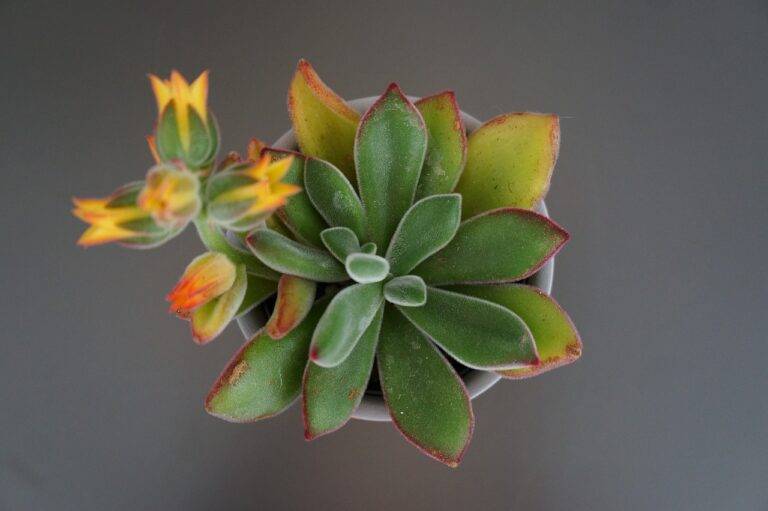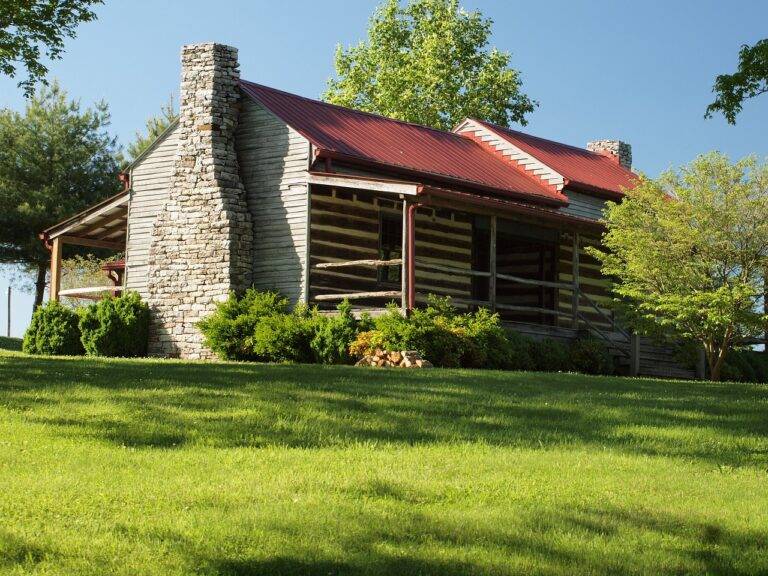Affordable Green Insulation Options for Homeowners: Keeping Your Home Warm in Winter and Cool in Summer
Green insulation offers numerous advantages for both homeowners and the environment. One of the key benefits is its energy efficiency, which helps reduce energy consumption and lowers utility bills. By effectively insulating a building, green insulation helps maintain a stable indoor temperature, reducing the need for heating and cooling systems to work excessively.
Additionally, green insulation materials are typically made from environmentally friendly and sustainable sources, making them a more eco-conscious choice compared to traditional insulation options. These materials are often non-toxic and do not release harmful chemicals into the air, promoting a healthier indoor environment for occupants. Overall, the use of green insulation contributes to a more sustainable and energy-efficient building design.
Types of Green Insulation Materials
When it comes to choosing green insulation materials, there are several options available to consider. One popular choice is cellulose insulation, made from recycled paper products and treated to be fire-resistant. Another common green insulation material is sheep’s wool, known for its natural thermal properties and sustainable sourcing. These materials provide effective insulation while being environmentally friendly alternatives to traditional synthetic options.
For those looking for a high-performance green insulation material, recycled denim insulation is a great choice. Made from recycled denim jeans, this insulation is free of harsh chemicals and provides excellent soundproofing as well. Another innovative green insulation option is cork insulation, derived from the bark of cork oak trees. Cork insulation is not only sustainable but also naturally resistant to mold, mildew, and pests, making it a durable and eco-friendly choice for insulating homes.
Factors to Consider Before Choosing Green Insulation
Before choosing green insulation for your home, it is important to consider the specific needs of your space. Factors such as the climate in your region, the level of insulation required, and the existing condition of your building all play a significant role in determining the most suitable type of insulation material. Conducting a thorough assessment of these factors will help you make a well-informed decision that meets both your environmental goals and practical needs.
Another crucial factor to consider is the sustainability and eco-friendliness of the insulation material. Look for products that are made from renewable resources or recycled materials, as well as those with low environmental impact during the manufacturing process. By choosing a green insulation option that aligns with sustainable practices, you can reduce your carbon footprint and contribute to a healthier planet for future generations.
Conduct a thorough assessment of climate, insulation requirements, and building condition
Consider sustainability and eco-friendliness of insulation material
Look for products made from renewable resources or recycled materials
Choose insulation with low environmental impact during manufacturing process
Align your green insulation choice with sustainable practices to reduce carbon footprint
What are the benefits of choosing green insulation?
Green insulation is environmentally friendly, non-toxic, and energy efficient. It can help reduce energy consumption and lower utility bills.
What are some common types of green insulation materials?
Common types of green insulation materials include recycled denim, cellulose, wool, cork, and soy-based foam.
How do I know if green insulation is the right choice for my home?
Consider factors such as your budget, the climate you live in, and the specific insulation needs of your home before choosing green insulation.
Is green insulation more expensive than traditional insulation?
While green insulation materials may initially cost more, they can provide long-term cost savings through improved energy efficiency and durability.
Are there any downsides to choosing green insulation?
Some green insulation materials may have limited availability or require specialized installation techniques, so it’s important to research and plan accordingly.







